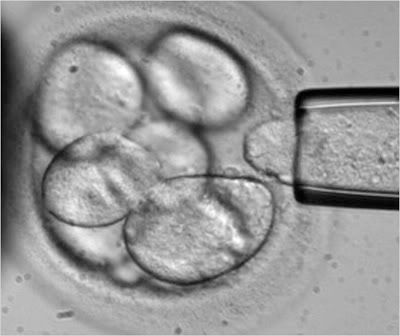Interesting blood facts
August 13, 2009 | In: Medical facts
Blood makes up about 7% of your body’s weight.
One out of every 10 people admitted in a hospital needs blood.
Human blood consists of about 22 percent solids and 78 percent water.
Giving blood will not decrease your strength.
The kidneys filter over 400 gallons of blood each day.
Blood fights against infection and help heal wounds, keeping you healthy.
31 per cent of men and 28 per cent of women have high blood pressure.
People – and other mammals – have red blood. But insects have yellow blood, and lobsters have blue blood.
The blood in our bodies is actually greenish-blue sometimes, though. That’s after blood has taken oxygen from our lungs and passed it on to our muscles.
Interesting blood circulation facts
One of the landmarks in medical history was William Harvey’s discovery that blood flows through the body in a continuous, closed loop. The circulation begins with the left ventricle pumping blood into the aorta, the body’s main artery. Next, the aorta goes on to branch again and again to form smaller and smaller arteries. The smallest arteries are called arterioles. The arterioles connect with the capillaries which are no wider than a single blood cell. The red blood cells travel slowly through the capillaries in a single file line. This allows the blood cells to come close to the walls of the capillary in order to release their oxygen and pick up carbon dioxide. The capillaries then come back together to form tiny venules. Finally, the venules join together to form veins that carry the blood back to the heart. Once arriving in the heart, blood cells travel on a very similar journey through the lungs. In the lungs, blood cells course through tiny pulmonary capillaries where they release carbon dioxide, and pick up oxygen in preparation for beginning the circulation through the body once again.
The high pressures generated by the left ventricle keep the circulation moving forward through the arteries. The pressures are much lower, however, on the venous side of the circulation. Instead of relying on the heart, circulation on the venous side depends mostly on the contraction of skeletal muscles which squeeze the veins and push the blood forward. Blood always moves forward because there are one way valves within the veins that keep the blood from backing up.





1 Response to Interesting blood facts
Robt Alwine
January 22nd, 2012 at 5:49 pm
One thing I would like to discuss is that fat reduction plan fast can be achieved by the appropriate diet and exercise. A person’s size not only affects the look, but also the general quality of life. Self-esteem, melancholy, health risks, plus physical capabilities are damaged in fat gain. It is possible to just make everything right but still gain. If this happens, a condition may be the root cause. While too much food rather than enough exercise are usually the culprit, common medical conditions and widespread prescriptions may greatly amplify size. Many thanks for your post here.